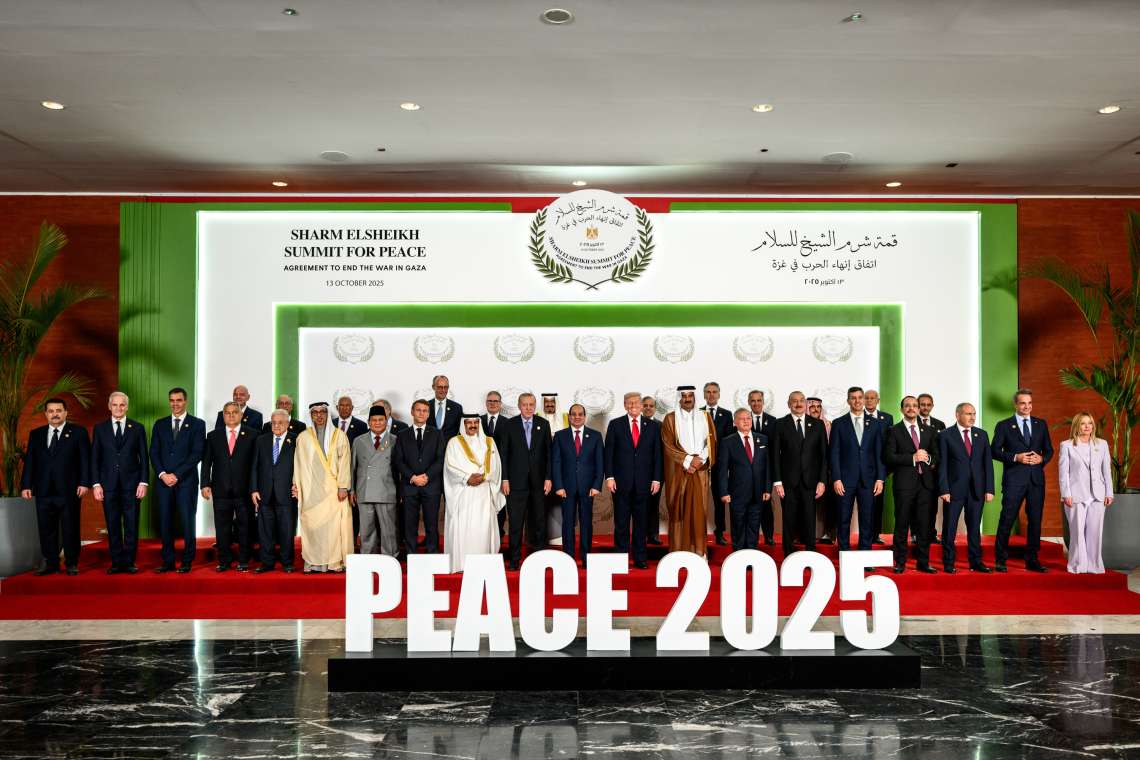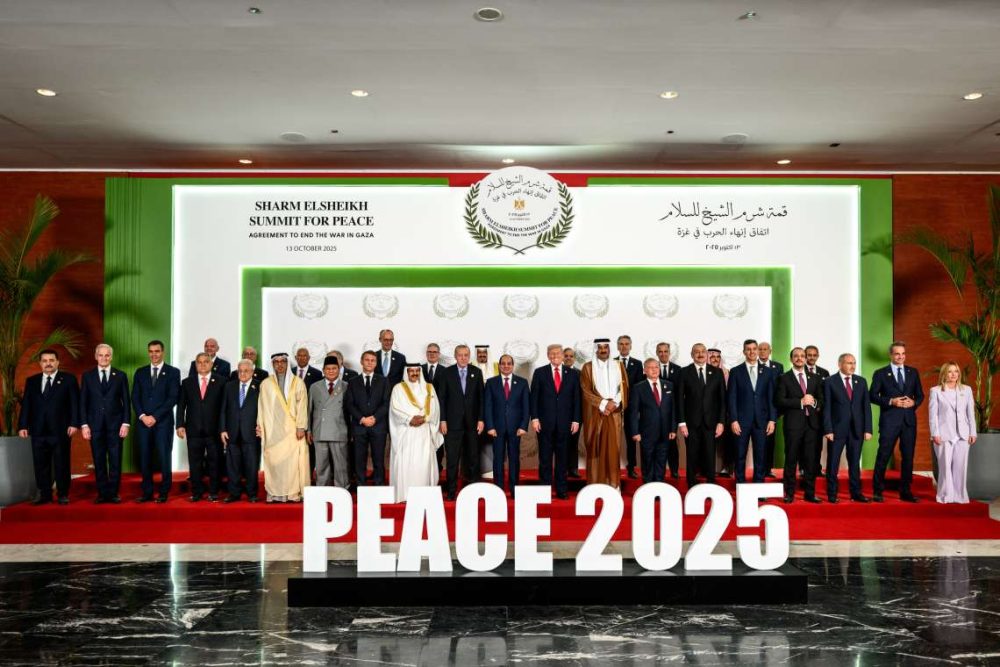Chines media outlets have also been securing content-sharing agreements with their counterparts in ASEAN nations…reports Asian Lite News
South-East Asia suddenly became the power theatre of the East as the United States steps up to leave the rivalry with China behind in wooing the ASEAN (Association of Southeast Asian Nations).
US President Joe Biden convening a meeting of these countries in Washington in May second week amid the Russia-Ukraine conflict has no other apparent purpose.
For China, the ASEAN meeting in Washington gives an edge in its power projection exercise in the sense that it is an acknowledgement by the United States that China is its main rival and confirms the importance of the Asian bloc for the China-US competition.
As both sides woo ASEAN, Biden’s latest attempt is seen as an “effort to woo ASEAN members caught in a delicate balancing act between superpowers”.
The US administration admitted as much when in the run-up to the meeting, the White House issued a press release saying, “It is a top priority for the Biden-Harris Administration to serve as a strong, reliable partner in Southeast Asia. Our shared aspirations for the region will continue to underpin our common commitment to advance an Indo-Pacific that is free and open, secure, connected, and resilient.”
Given the purpose of the meeting, Biden is playing to the tune of the bloc of nations. The discussion on international security matters, the economic framework in South-East Asia, the question of American economic concessions and, of course, regional security involving the South China Sea was adequate to satisfy both sides.
ASEAN made no bones of the fact that it realises it is stuck between China and the US and wants concessions on its own terms as part of its strategy to be wooed by the big powers. Joanne Lin, a lead researcher at the ASEAN Studies Center at the ISEAS-Yusof Ishak Institute in Singapore told CNBC, “ASEAN would probably like to see more US support towards its ASEAN-led mechanisms, as opposed to US-led minilateral groupings such as the Quad and Aukus.”
However, China has been wooing ASEAN as well, “and not just with the trade and investment that are likely its most powerful levers of influence in Southeast Asia” because in the past one decade, “Beijing has steadily expanded its media influence in these countries in four key ways, as a means of shaping their views”, according to Asian media reports.
Compared to the high-profile wooing campaigns of President Biden, China’s attempts have been subtle and consistent over a period of time. The communist government has banked upon its extensive propaganda machinery to constantly target ASEAN nations with its specialised content. For instance, Xinhua, China’s official state media agency, has print bureaus in every Southeast Asian country. TV news channels CCTV-4 and the English-language CGTN also have bureaus in this region. China Radio International airs multilingual content in Vietnam, Laos, Cambodia, Thailand, and Myanmar.
DefenseOne, an expert on US defence and national security, said, “China also airs its media through partnerships and content-sharing agreements with foreign media organizations in the target countries. Such agreements are attractive to Southeast Asian countries in part because they provide free content for local media to use. China, of course, uses them to inject its preferred narratives, laundered through familiar news sources, into homes across the region.”
Chinese media outlets have also been securing content-sharing agreements with their counterparts in ASEAN nations. “China has also been building relationships with journalists in these countries in other ways. Since 2007, Beijing has organized multiple joint forums with ASEAN to promote media exchanges and cooperation.”
The China Public Diplomacy Association is directly involved in organising tours of China for ASEAN journalists. One of them is a ten-month training program for foreign journalists which includes “lectures on Chinese society and politics, internships at state outlets such as China Daily, and (heavily controlled) field trips to Xinjiang to promote the CCP’s narrative there”. In 2019, as many as 100 ASEAN journalists attend the program and returned with an information overload.
The Chinese government also supports various journalistic associations, “ostensibly to promote understanding and good relations between Chinese and foreign journalists” but essentially developing a network of “friendly” journalists in ASEAN. Other Chinese government and media departments “target and court ethnic Chinese in other countries in an attempt to shape their opinions or recruit them in service of CCP priorities”.
Private Chinese companies also shape Southeast Asia’s media environment. WeChat, for instance, offers text messaging, electronic payments, and news sharing, and is gaining popularity in Southeast Asian countries. So much so, that in 2020, “it was authorised for use by the Indonesian central bank, establishing it as a legal form of payment in Southeast Asia’s largest economy”
In another move, ByteDance, the Chinese company responsible for TikTok, bought the Indonesian news aggregator BaBe in 2018 which since then has begun “to censor news that criticized the Chinese government”.
Some of these efforts of China to use ASEAN media to “tell China’s story well” are getting results. DefenseOne refers to a 2021 survey of “ASEAN elites (academics, policymakers, journalists, and businesspeople) found that most see China as more influential in their region than the United States”. What China does not talk about is the other outcome of the survey that “Beijing’s ‘public opinion warfare’ has failed to overcome high regional distrust of China”. For example, “overwhelming majorities in every country – ranging from around 69 per cent in Laos to nearly 98 per cent in Vietnam – were ‘worried’ about China’s growing political and strategic influence”.
However, that is no reason for the US to celebrate. The survey revealed mixed results for the Americans’ wooing efforts as well. “While confidence in the US jumped from 35 per cent to 55 per cent after the election of President Biden, a majority in six of ten ASEAN states were concerned about US political and strategic influence in their country”.
China thus wants to use information warfare to influence negative perceptions of the US in ASEAN while the Americans are intent on the outreach of a personal kind to overwhelm the bloc with concessions in order to woo them away from China.
ALSO READ-New York subway shooter captured














